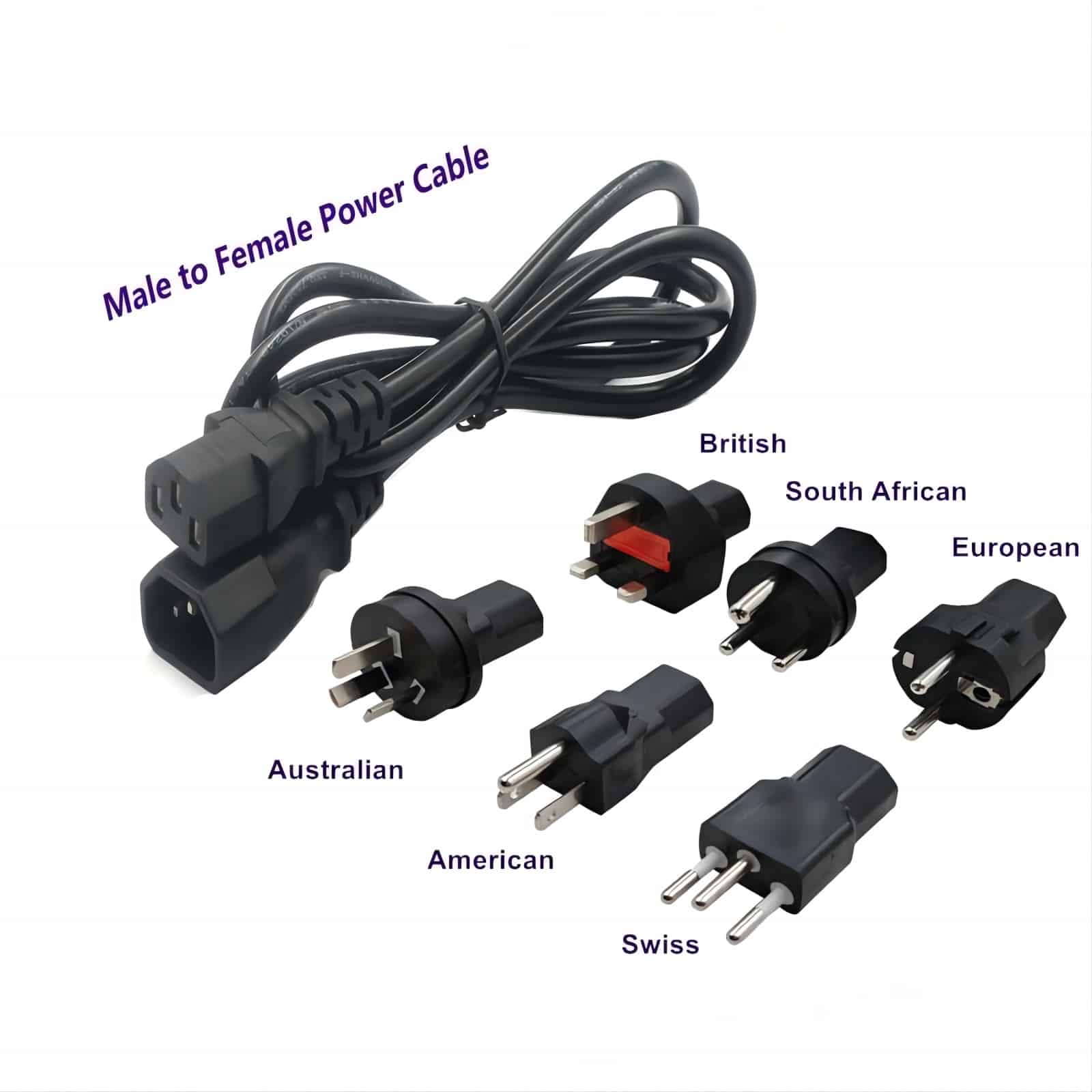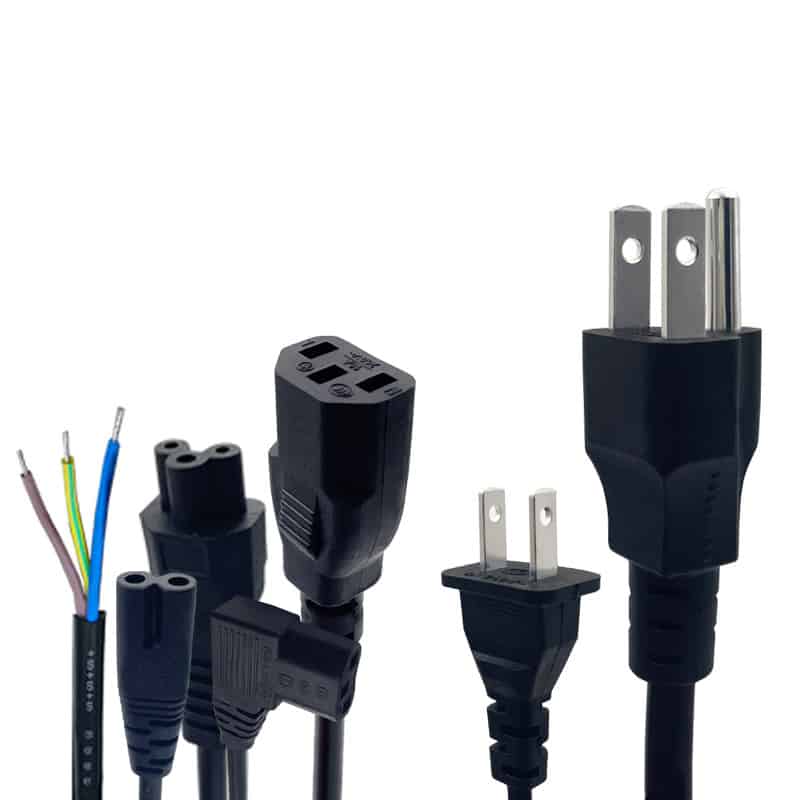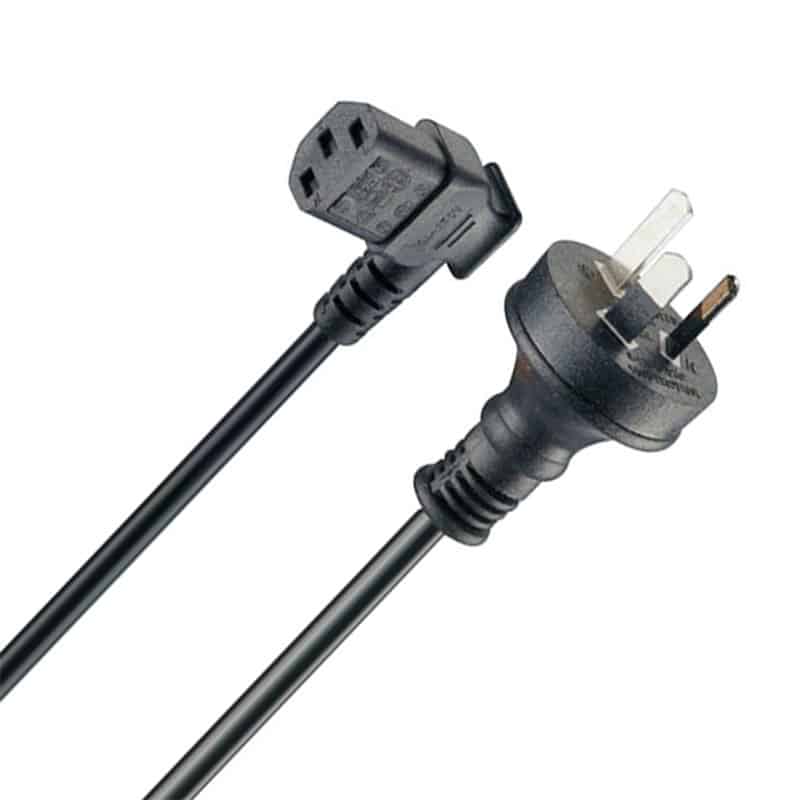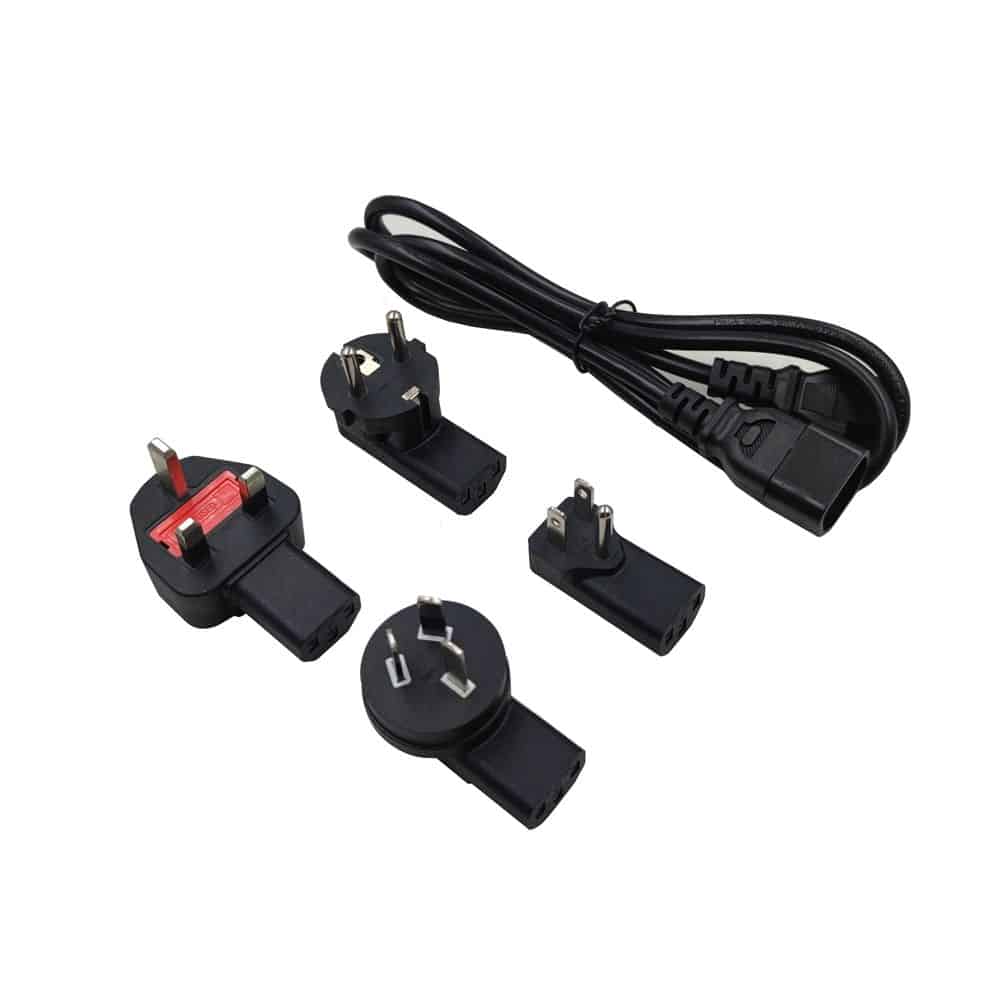As a lighting solutions provider, we at James Lighting often field inquiries about various electrical components. Among these, one query keeps cropping up – what is the difference between a power cord and a power cable? This may seem like a rather trivial distinction, but when it comes to electrical components, nuances matter.
Power cords and power cables, while seemingly interchangeable, serve different functions and are designed differently. In a nutshell, a power cord typically connects an electrical appliance to the main electricity supply, while a power cable refers to the high-capacity wire used in bulk transmission of electricity.
Understanding these differences can greatly enhance the functionality and safety of your electrical installations. In the following sections, we will delve deeper into these differences and their implications.

What are Power Cords?
When we talk about power cords, we’re usually referring to the flexible cables that attach electrical appliances to the main power supply via a wall socket or extension outlet. These cords contain insulated conductors enclosed within a protective cover.
Most of us interact with power cords daily, plugging in and unplugging our various gadgets and appliances. Power cords are typically designed for ease of use and safety, with plug designs varying based on geographical location due to differing plug socket standards across the world.
How are Power Cables Different?
On the other hand, power cables refer to the high-capacity wires used for the bulk transmission of electrical power. These cables consist of multiple conductors, each individually insulated and enclosed within a protective outer sheath.
Power cables are usually installed underground or overhead as part of electrical grids. They come in a variety of sizes, types, and designs, each suited to a specific application, whether it’s transmitting power across long distances or connecting substations within a grid.

Application Differences
Power cords and power cables serve different purposes. A power cord is used to connect an electrical device to a power source, while a power cable is used for electrical power transmission and distribution.
Given their roles, power cables are designed for higher capacity transmission, often subjected to harsher environmental conditions, and thus must meet stringent safety and performance standards. Power cords, on the other hand, are designed for everyday use and must be user-friendly and safe.
Safety Considerations
From a safety perspective, both power cords and power cables play critical roles. Power cords, being in regular contact with users, need to feature adequate insulation and grounding.
In contrast, power cables, given their role in high-capacity power transmission, are subject to stringent safety standards. They must withstand a range of environmental conditions, from weather to physical wear and tear, without compromising their function.

Selecting the Right Power Cord or Power Cable
Selection of the right power cord or power cable depends on the requirements of the specific application. For power cords, factors like the type of device, power requirement, and geographical location influence the selection.
For power cables, considerations like the voltage rating, insulation type, and environmental conditions come into play. Additionally, power cables for specialized applications may have specific requirements such as resistance to oil, water, or certain chemicals.
Role in Lighting Solutions
At James Lighting, we recognize the importance of both power cords and power cables in delivering effective lighting solutions. Our products, primarily used as the light source of lighting fixtures, rely on the proper selection and use of these components for optimal performance.
So, whether it’s a power cord that safely connects a lamp to the power outlet, or a power cable that transmits electricity to light up an entire building, we appreciate the critical roles these components play.

Conclusion
To sum up, power cords and power cables, while seemingly similar, have distinctive differences. These differences span their design, application, safety considerations, and selection process.
Understanding these distinctions can help us make better decisions about electrical components, be it for a simple lamp or a large-scale lighting installation. At James Lighting, we are committed to helping you navigate these complexities, ensuring that our lighting solutions deliver optimal performance.













